19 pages • 38 minutes read
Claude McKayThe Harlem Dancer
Fiction | Poem | Adult | Published in 1917A modern alternative to SparkNotes and CliffsNotes, SuperSummary offers high-quality Study Guides with detailed chapter summaries and analysis of major themes, characters, and more.
Poem Analysis
Analysis: “The Harlem Dancer”
In “The Harlem Dancer,” the speaker observes a woman dance and sing before an audience of “[a]pplauding youths [who] laughed with young prostitutes” (Line 1) in a Harlem nightclub. While McKay wrote the poem at the same time he worked as a waiter in a New York club, within the poem’s context, the speaker’s role is more ambiguous. It is unclear what position the speaker holds, but as they watch the woman’s performance, they also observe those who attend the show. The speaker’s view of the woman is both admiring and sympathetic and suggests a self-identification with the inner life of the dancer. They, too, feel locked in a “strange place” (Line 12), dissociated from the actions around them.
Harlem was known for its embrace of eroticism, and the dancer appears to be an “exotic” performer. She is “half-clothed” (Line 2) in “light gauze hanging loose about her form” (Line 6), suggesting a sexualized routine for the clientele. This is confirmed later as the speaker notes “the wine-flushed, bold-eyed boys, and even the girls” (Line 11) are willingly “devour[ing] her shape with eager, passionate gaze” (Line 12). They toss “coins in praise” (Line 10), which suggests either appreciation or equates the dancer with the “young prostitutes” (Line 1) in the boys’ laps, performing an erotic service for money.
Related Titles
By Claude McKay
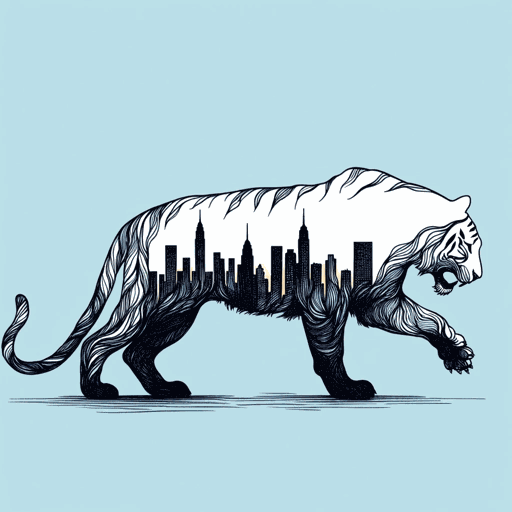
America
Claude McKay
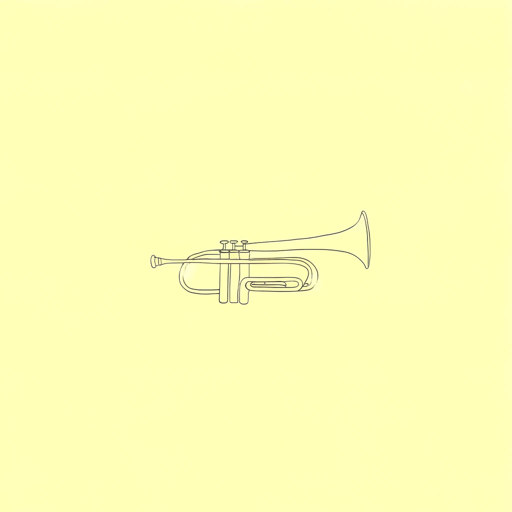
Home To Harlem
Claude McKay
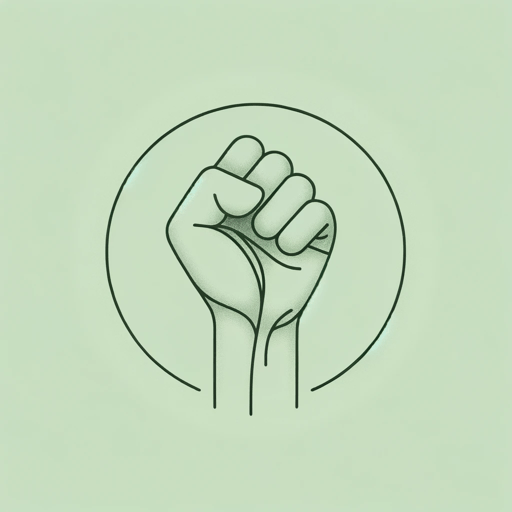
If We Must Die
Claude McKay
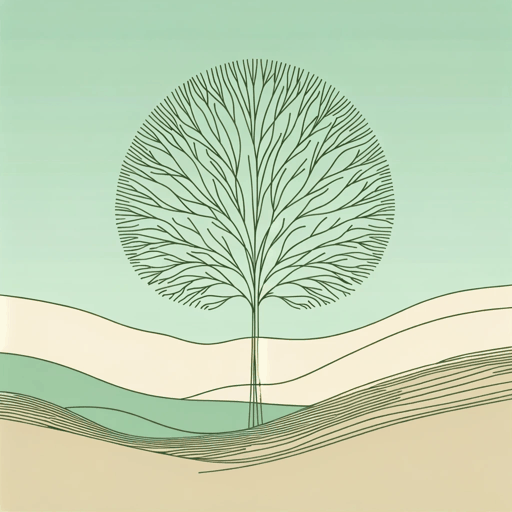
Joy in the Woods
Claude McKay
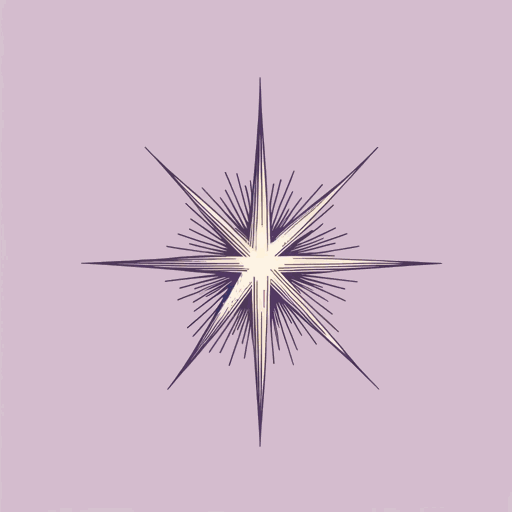
The Lynching
Claude McKay
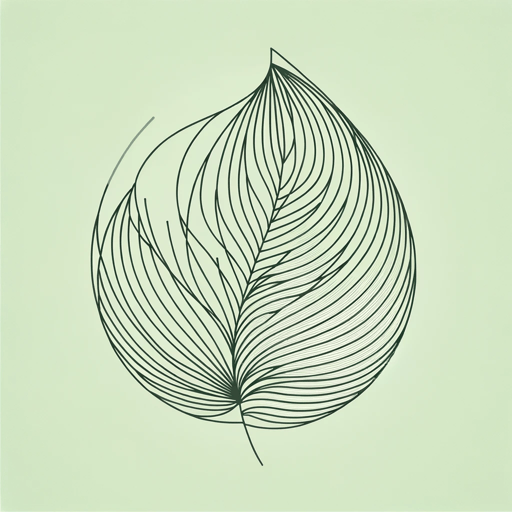
The Tropics in New York
Claude McKay
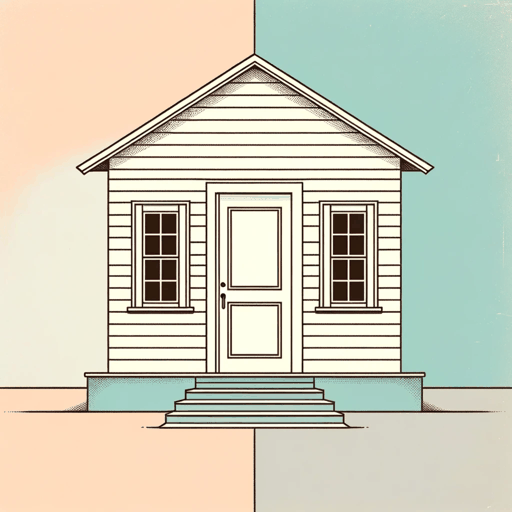
The White House
Claude McKay
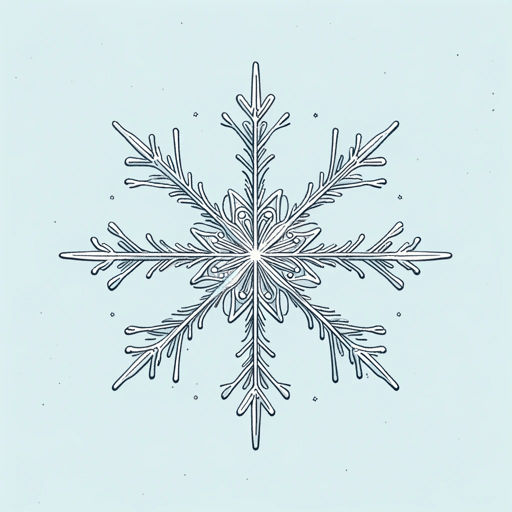
To One Coming North
Claude McKay
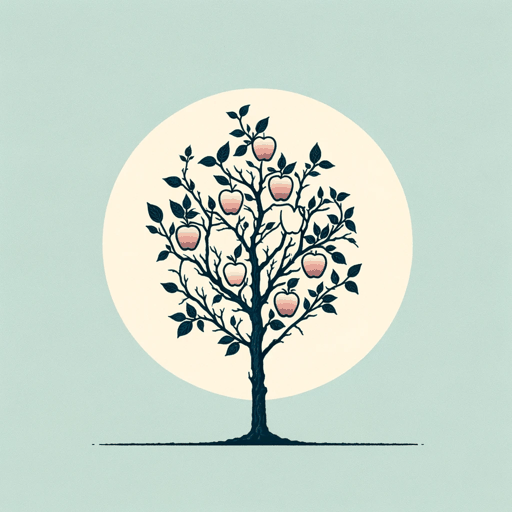
When Dawn Comes to the City
Claude McKay

